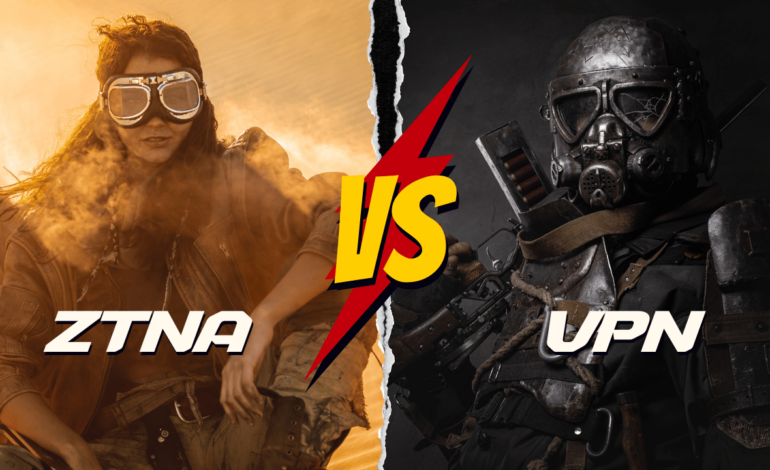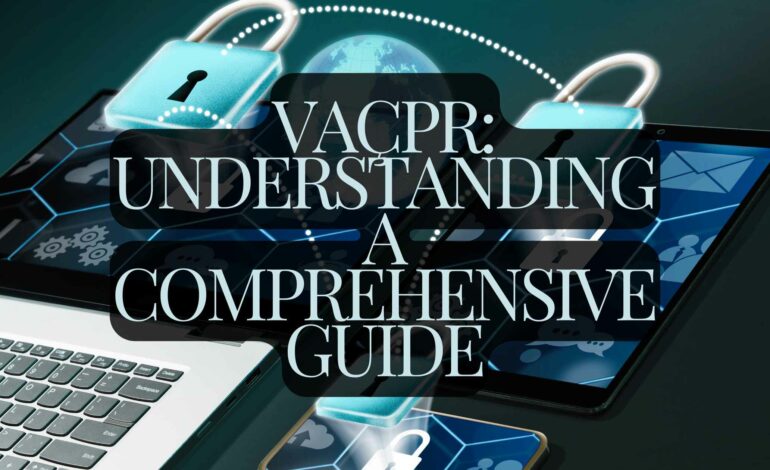
ZTNA vs VPN: Understanding Modern Remote Access Solutions
Key Takeaways
- Learn how ZTNA and VPN compare as remote access solutions.
- Discover the key advantages and drawbacks of each technology.
- Appreciate the significance of safe remote entry in the current digital era.
Table of Contents
What is ZTNA?
Zero Trust Network Access (ZTNA) is a security model that assumes no user or device is trusted by default, irrespective of whether it is inside or outside the network perimeter. Strict verification protocols are enforced to access resources. In the debate of ZTNA vs VPN, understanding the unique features of each is pivotal for implementing adequate security strategies. ZTNA leverages principles such as “never trust, always verify” to continuously authenticate users and devices. This model ensures that even if users gain access to a portion of the network, they do not have unrestricted access to all resources. This level of stringent access control can significantly mitigate risks associated with insider threats and compromised accounts, making it an essential component for organizations that prioritize security.
What is a VPN?
VPNs are created to encrypt internet connections and hide online actions by forming a secure tunnel for data transmission. VPNs have been a cornerstone of remote work and secure communications for years. By using a VPN, users can access the internet as though they are in a different location, thereby encrypting data and providing a layer of anonymity.
By connecting to a VPN, users can access the corporate network as if they were physically in the office. It is crucial for maintaining security, especially when employees connect from public or unsecured Wi-Fi networks. The added layer of encryption protects sensitive data from being intercepted by potential cyber adversaries and makes VPNs invaluable for companies operating on a global scale.
Critical Differences Between ZTNA and VPN
- Security Model: ZTNA employs a zero-trust approach, meaning no entity is trusted by default. On the other hand, VPN operates under the assumption that users within the network are trusted. ZTNA’s model is thus inherently more rigorous, ensuring continuous verification for every access request.
- Accessibility: ZTNA provides access on a need-to-know basis, typically at the application level, whereas VPN offers network-wide access once connected. This distinction means that ZTNA can prevent lateral movement within a network, a common tactic cyber attackers use once they gain initial access.
- User Experience: ZTNA often results in faster connections and smoother user experiences than VPN. VPNs can sometimes cause latency issues due to the encryption overhead, especially if numerous users are connected simultaneously. ZTNA’s focus on application-level access generally leads to more optimized and efficient bandwidth and processing power use.
Advantages of ZTNA
One of ZTNA’s significant advantages is its ability to provide granular access control. This implies that users are limited in accessing specific authorized applications, significantly reducing the area vulnerable to attacks. By compartmentalizing access, ZTNA ensures attackers have difficulty moving sideways within a network. Furthermore, ZTNA integrates well with cloud services, making it a suitable choice for modern workplaces relying heavily on cloud applications. This adaptability ensures that organizations can maintain tight security across various environments. Additionally, ZTNA’s zero-trust approach aligns well with the increasing trend of distributed workforces and the rise in remote working scenarios, providing a scalable and robust security solution.
Advantages of VPN
VPNs excel in encrypting internet traffic, thus protecting data from interception by unauthorized parties. They are easy to deploy and use, contributing to their widespread adoption. The concept of VPNs is widely known, with several options providing simple interfaces that cater to users of all technical levels. VPNs are vital for businesses that need secure and private communication channels, especially during the transition to remote work paradigms. VPNs also support various devices and platforms, ensuring that employees can remain productive regardless of the hardware or operating system they use.
Real-World Applications
ZTNA is especially beneficial for organizations that operate in environments with a high reliance on cloud applications and remote workforces. It ensures that policies are consistently enforced regardless of where users and devices are located. Due to its stringent security controls, companies in finance, healthcare, and technology that handle sensitive data find ZTNA particularly advantageous. Conversely, VPNs benefit businesses needing secure communications between remote offices and the leading corporate network. They provide a straightforward solution for ensuring data security across multiple locations. VPNs are also favored by individual users who want to maintain privacy and access restricted content over the internet, making them a versatile tool for personal and professional use.
Security Considerations
While both ZTNA and VPN offer enhanced security, neither is without limitations. ZTNA requires diligent management and monitoring, which can be resource-intensive. Organizations must invest in the right tools and skills to manage a ZTNA environment effectively, ensuring policies are up-to-date and correctly enforced. While easier to manage, VPNs may introduce performance issues due to the nature of their encryption and tunneling processes. A VPN’s all-or-nothing access model can also be a security risk if compromised. Considering the organization’s specific needs and risks, a comprehensive security policy should incorporate these technologies into a broader strategy. Businesses must weigh the benefits and trade-offs to implement the most effective security measures.
Conclusion
In today’s digital age, where remote access is necessary, ZTNA and VPN offer valuable solutions for securing network access. The choice between them hinges on an organization’s specific requirements and security landscape. By balancing the distinct advantages and potential drawbacks of ZTNA and VPN, businesses can make informed decisions to protect their digital environments and ensure secure, efficient remote access. Understanding these technologies’ nuances helps organizations implement more resilient security postures, ultimately safeguarding their critical assets.





